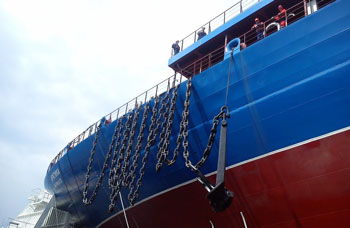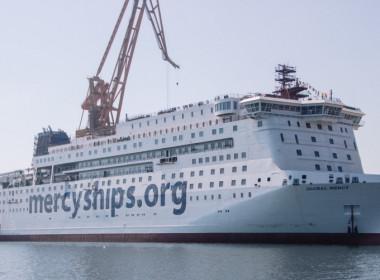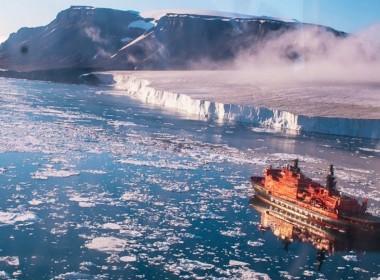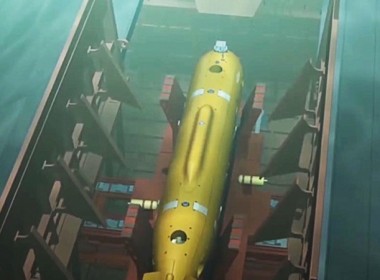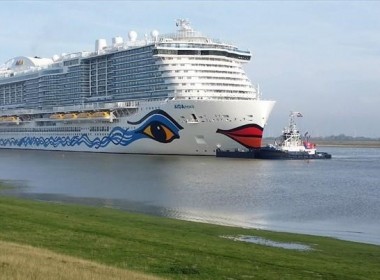EDITORIAL | Nuclear-powered ships? Nothing else comes close, says Queensland ship designer

While Australia’s precious politicians procrastinate on whether the multiple nuclear bans in the country should be lifted, Queensland ship design company Sea Transport Solutions is already ahead of the curve in nuclear propulsion of small- to medium-size vessels for commercial and military use.
Already having sold ship designs to 47 countries, Sea Transport is a strong advocate of nuclear propulsion. Stuart Ballantyne, the founder and chairman of this group, admits he had a life-changing experience about nuclear back in 1967.
Back then, as a young officer of a 1948-built British passenger/cargo ship, he was delighted to find his ship was parked opposite the US nuclear passenger cargo ship Savannah in Manila’s passenger cruise terminal. This magnificent yacht-styled ship was a result of President Dwight Eisenhower’s “Atoms for Peace” project, having been designed and built just after the first nuclear-powered submarine USS Nautilus.
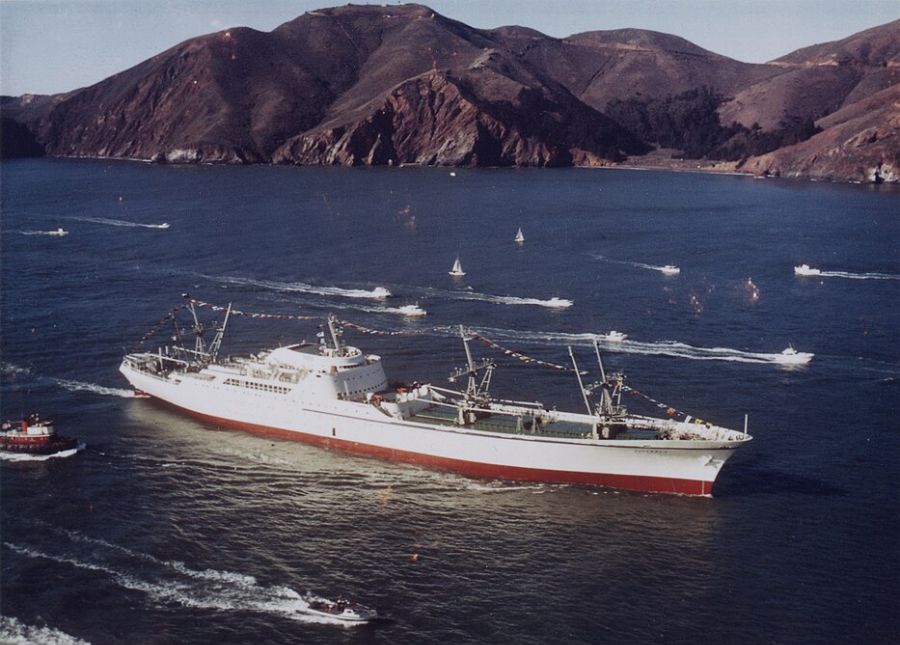
At around four in the afternoon that day, Ballantyne, in full uniform and a clipboard under his arm, marched through the crowds and up the gangway of Savannah. Entering the ship’s futuristic-styled foyer, he was astounded at the “starship enterprise” type fit-out and began to wander around. It was only a few minutes later he was apprehended by security and escorted off the ship amid his smiling protests that, “I mistook your ship for mine”. Bluff used to work in those days, he says. Now you need a military hat, a machine gun, and an Alsatian.
What Ballantyne knew was that while his old ship, originally designed for the North Atlantic, had a fuel limit of 12 days steaming at 16 knots, Savannah could circumnavigate the globe 14 times at 20 knots and only consume 22 kilograms of uranium with no emissions. Eisenhower’s vision to demonstrate the productive utilisation of atomic energy across the world was pioneered and overwhelmingly achieved by this ship, 63 years ago!
The price tag of the ship including the reactor was US$47 million at the time and was considered exorbitant, but for a 20,000-tonne vessel to go around the world 14 times at 20 knots today would cost over US$88 million in fuel alone.
Compact yet capable micro modular reactors
For 150 years since the start of the industrial revolution in the early 1800s, where there had been a slow but steady progress in ship operations capability, nuclear in the 1950s had opened the field dramatically to two separate streams on ship capability and design. Addressing a nuclear conference in Mt Isa last month, Ballantyne explained this gap in capability by illustrating that those vessels on the conventional designs such as submarines against nuclear submarines was like taking a water pistol to a gunfight.
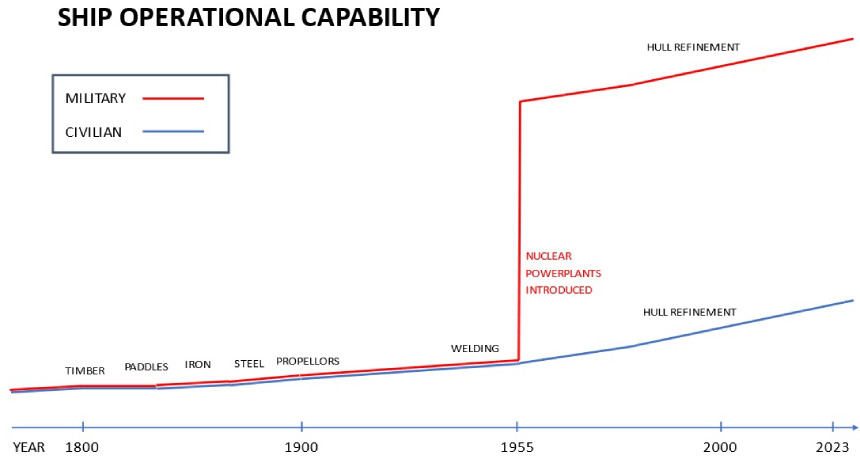
While Germany, Japan, and Russia also had nuclear commercial vessels, the nuclear restrictions of many countries stopped that stream of development, and most of the world’s present 162 nuclear ships are government-owned, termed “military” but include icebreakers, research vessels, and disaster relief vessels.
Sea Transport kept a focus on nuclear reactor development under their membership with the Australian Nuclear Association (ANA), knowing that the development of micro modular reactors (MMRs) of five to 15 MW was a perfect fit for vessels 70 to 200 metres in length.
As in the early days of steam ships, the amount of coal required for ocean voyages was a significant part of the cargo deadweight (payload), so too was the development of nuclear reactors. Savannah‘s 74MW reactor and its considerable shielding eroded some 36 per cent of the deadweight of a vessel of that size, so its cargo capability was limited. Combustion engines, computers, and specialised equipment, the physical sizes and weights have greatly reduced with advances in technology, so too with the latest designs of nuclear reactors such as MMRs of five MW that can fit on the back of a truck and no longer need water cooling.
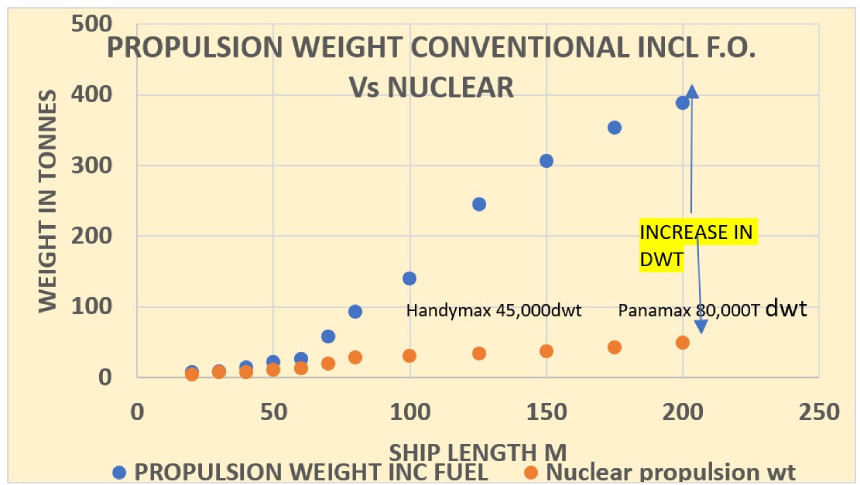
A Panamax bulk carrier with 80,000 tonnes of cargo, for instance, only requires 10 MW of power. However, if it is powered by an MMR, what it doesn’t have to carry is fuel. The fuel capacity of these ships can be up to 2,000 tonnes, not just for long voyages but to avoid having to fuel in expensive bunkering ports such as those in Australia. With an MMR as the power source, hundreds of tonnes of extra payload can be carried for the whole of the ship’s life, possibly bringing a wry smile to the financial controllers. The commercial availability of MMRs is still three to for years away, but a vessel with electric azipods can be readily refitted.
Significant potential for Australia’s economy
In terms of smaller ship design, Sea Transport is incorporating their successful stern landing vessel (SLV) designs with MMRs and are focusing on solutions for the South West Pacific as a regional disaster response, research, defence and peace-keeping duties vessel.
At the hub of this region is Fiji, and this nation’s biggest cost item is the importation of diesel, which is around F$1 billion per annum and of course a corresponding 2.63 billion kilograms of CO2 emissions. Having four of these 73-metre SLVs with MMRs would save the nation the large transportation cost of the diesel—and the emissions, of course. When alongside, each of these vessels can safely pump five MW into the local electricity grid, further reducing the nation’s reliance on diesel imports. Assuming half of the year alongside and powering the grid, this would save F$48 million per annum in diesel alone. The existing ten vessels in the Fiji government fleet are well past their use by date and only inflict very high maintenance costs, as most of their equipment and machinery spare parts are no longer available.
With serious development of MMRs happening in many countries to address remote powering, even powering of space stations, the marine applications will again provide a lead opportunity for proof of concept, and Sea Transport is working on four separate projects in remote areas outside Australia. Ballantyne says the ignorance of Australian political leaders on nuclear knowledge is disappointing and bewildering given that the amount of research into MMRs is already happening in the country. Australians are also blessed with so much uranium and thorium under their feet yet they persist in boosting the Chinese economy in purchasing unreliable renewable power with solar panels and turbines.
Politically, the acceptance of nuclear technology is no longer a safety issue, as seen by the 32 nations that have already embraced nuclear and the 40 other nations seriously investigating its significant advantages, the two key ones being “Energy Security = National Security” and “Energy Security = National Prosperity.”


